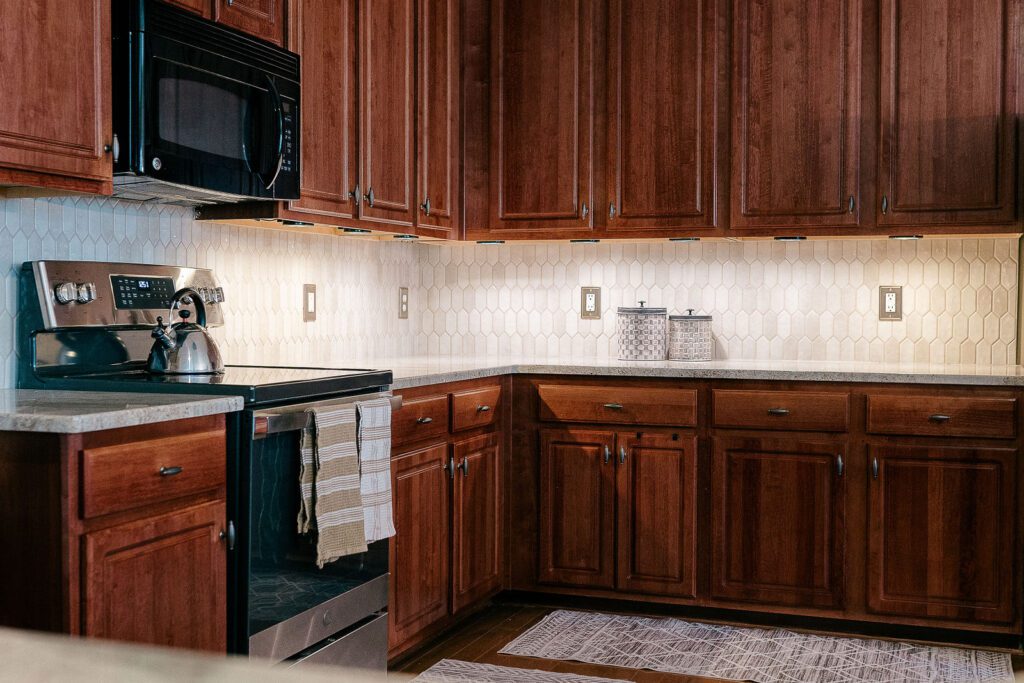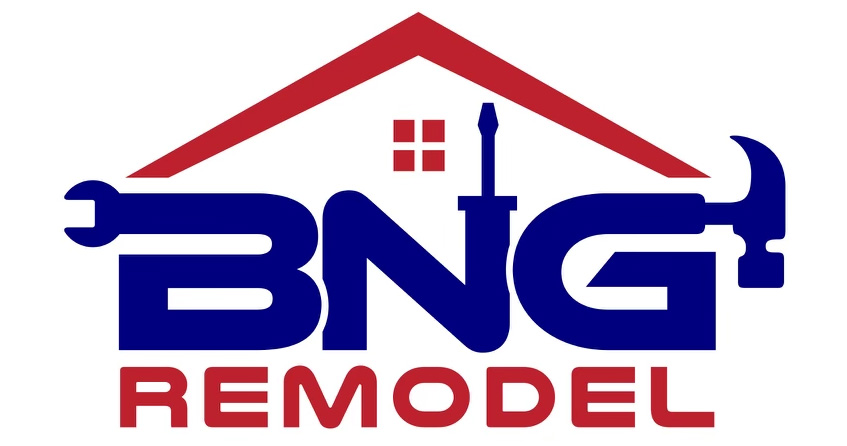Call Us Today For A Free Consultation: 615-525-8464


Embarking on a kitchen cabinet remodel can be daunting, but careful planning and attention to detail can transform your home. Each step is crucial in achieving a cohesive and stylish look, from reimagining your cabinet layout to upgrading the hardware and finishes.
However, the key lies not only in the aesthetics but also in ensuring functionality and durability. So, how can you ensure that your kitchen cabinets are beautiful but also practical and long-lasting? Let’s explore the essential steps to take your cabinets from outdated to outstanding.
When remodeling your kitchen cabinets, the initial step involves meticulously planning the layout to ensure optimal functionality and aesthetic appeal. Space optimization is crucial to make the most of the available area while considering traffic flow within the kitchen. By strategically placing cabinets, you can create a smooth workflow and eliminate any obstructions, enhancing the overall usability of the space.
Additionally, lighting plays a vital role in the functionality of your kitchen. Ensuring adequate lighting fixtures above and below the cabinets brightens up the workspace and adds a touch of elegance. A well-thought-out layout that prioritizes space optimization, traffic flow, and proper lighting will result in a practical and visually appealing kitchen environment.
Exploring various cabinet styles allows homeowners to tailor the kitchen’s aesthetic to their preferences, creating a cohesive and visually appealing space. When choosing the right cabinet style, consider the following:
To ensure the longevity and quality of your kitchen cabinets, selecting high-grade materials is paramount in achieving a durable and visually appealing result. When choosing materials, consider factors such as material durability and cost. Opt for sturdy options like hardwoods or plywood that can withstand daily wear and tear, ensuring your cabinets last for years.
Additionally, explore various color options to find a finish that complements your kitchen’s aesthetic. Remember the maintenance requirements of different materials; some may need regular sealing or polishing to maintain their appearance. By selecting quality materials that balance durability, cost, color options, and maintenance needs, you can create kitchen cabinets that are both functional and stylish.
Enhancing your kitchen cabinets’ visual appeal and functionality can be achieved through a strategic cabinet hardware update. When updating cabinet hardware, consider the following:
– Choose finishes that complement your kitchen style, such as brushed nickel for a modern look or oil-rubbed bronze for a more traditional feel.
– Coordinate the hardware finish with other elements in the kitchen, such as faucets or lighting fixtures, for a cohesive design.
– Measure and mark the placement of new hardware before drilling to ensure accuracy.
– Use a template to ensure consistent placement of hardware throughout all cabinets.
– Consider hiring a professional for installation if you need clarification on DIY techniques.
Considering the condition and desired aesthetic of your kitchen cabinets, the process of painting or refinishing them presents a cost-effective way to rejuvenate the overall look of your kitchen space. When deciding between painting and refinishing, assess the current finish, wood quality, and desired outcome. Refinishing techniques include:
For painting, proper preparation, such as cleaning, sanding, and priming, is crucial for a durable finish that can survive kitchen remodeling. Color selection is critical; neutral tones offer versatility, while bolder colors can make a statement. Consider the overall kitchen design and ambiance when choosing colors to ensure a cohesive look.

Licensed, Bonded, Insured.